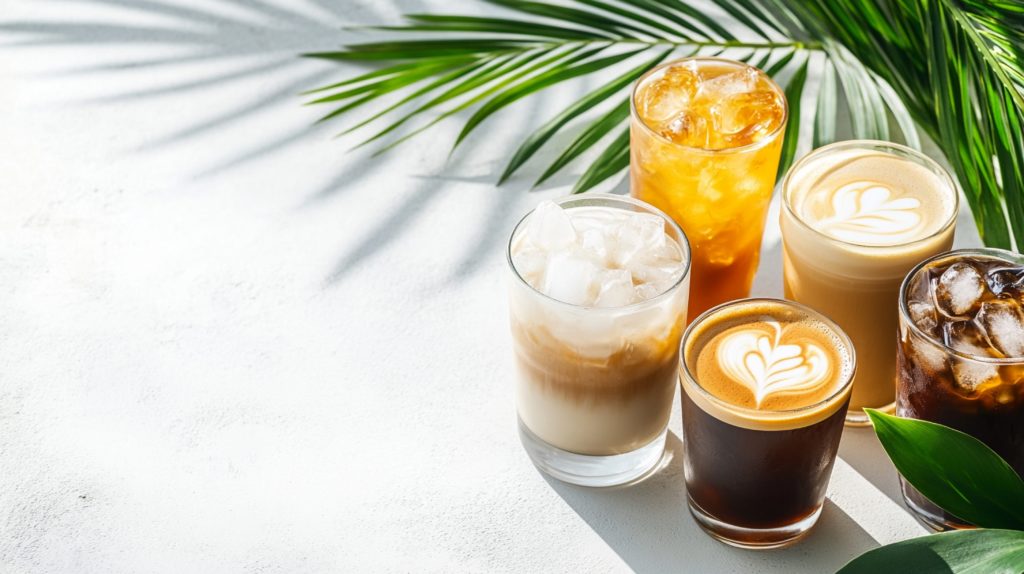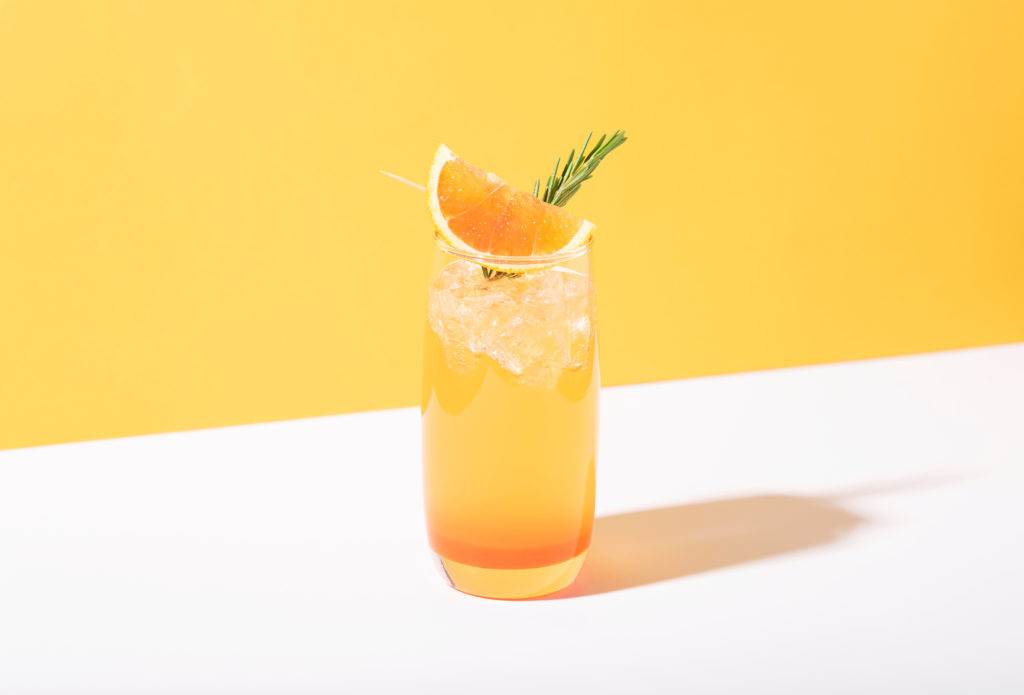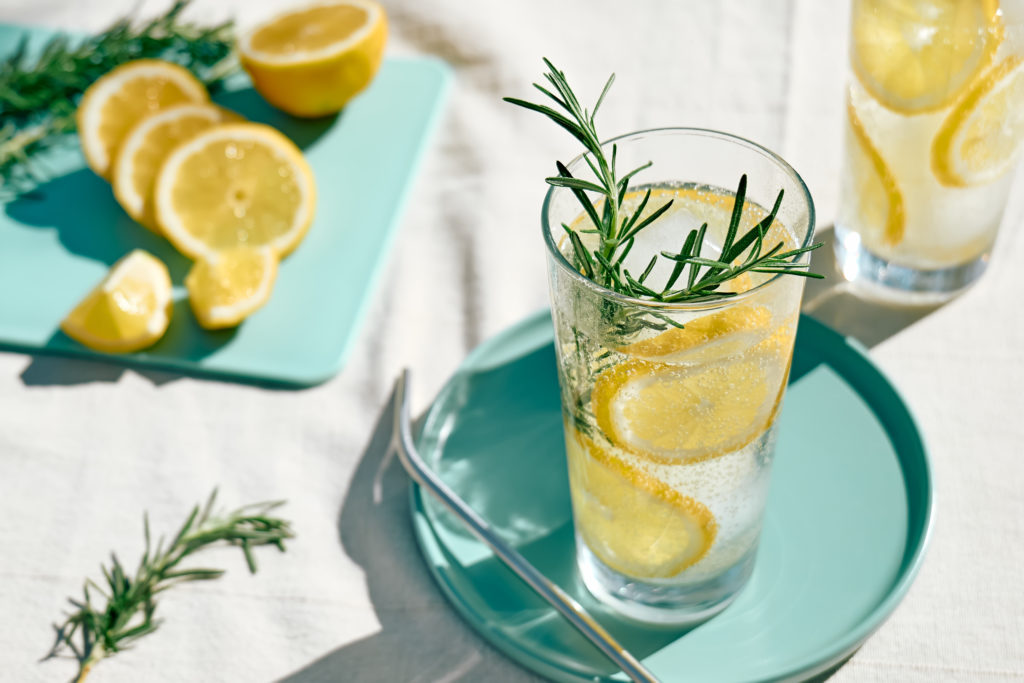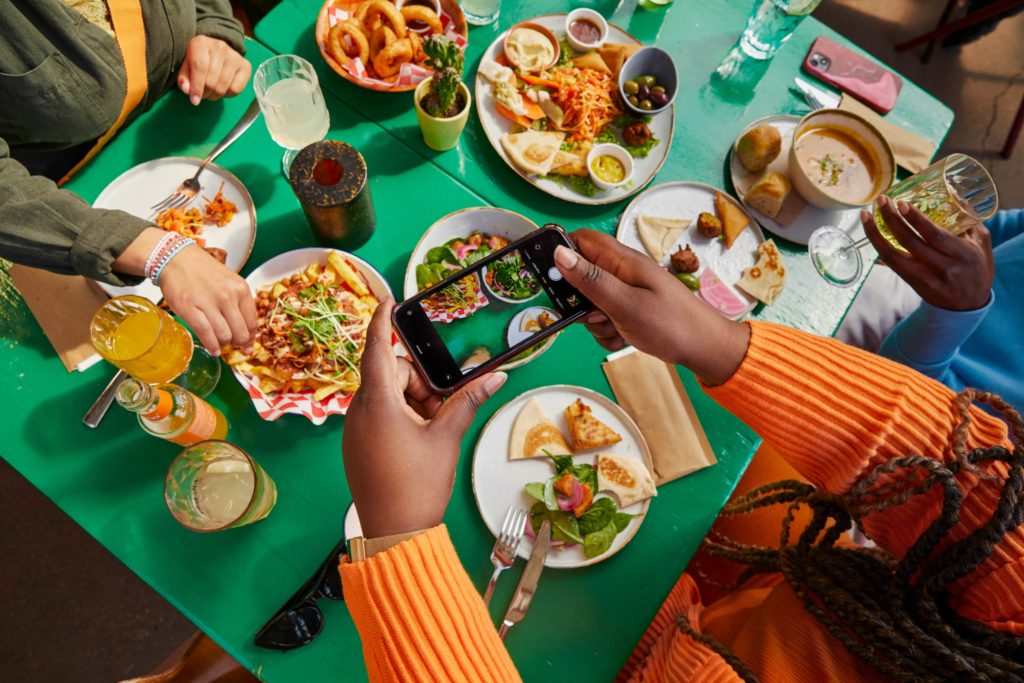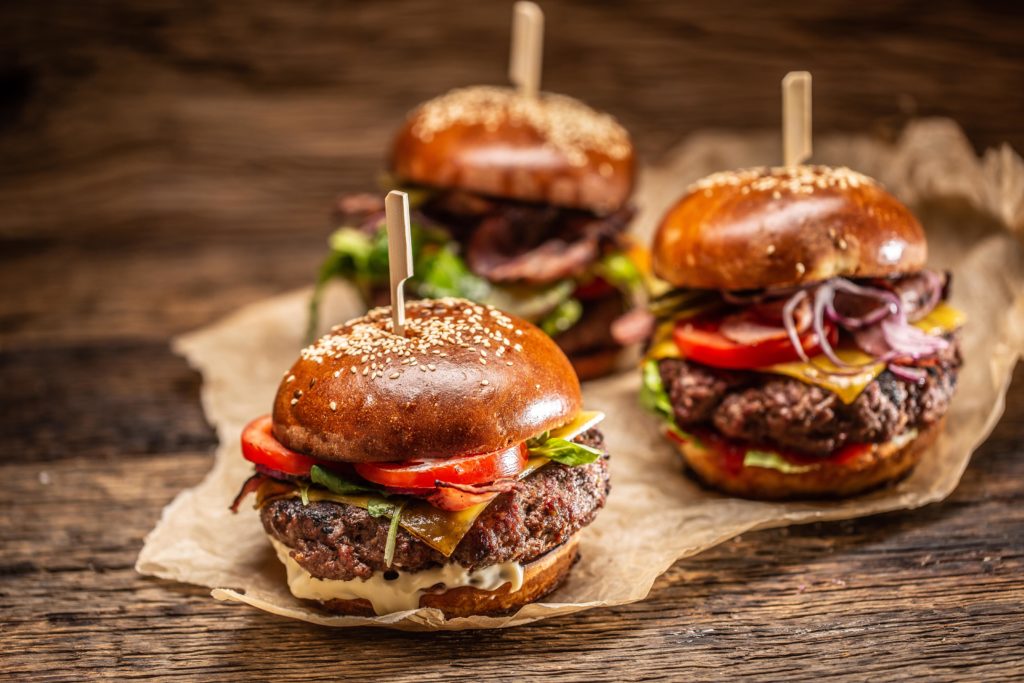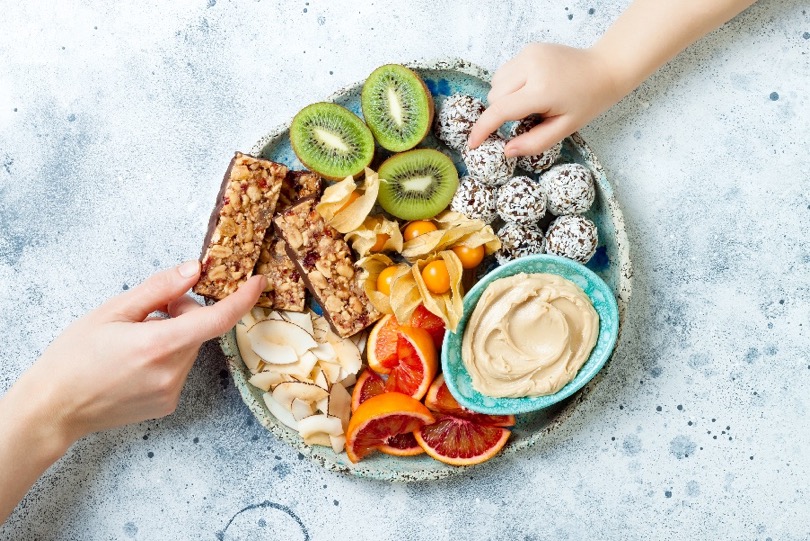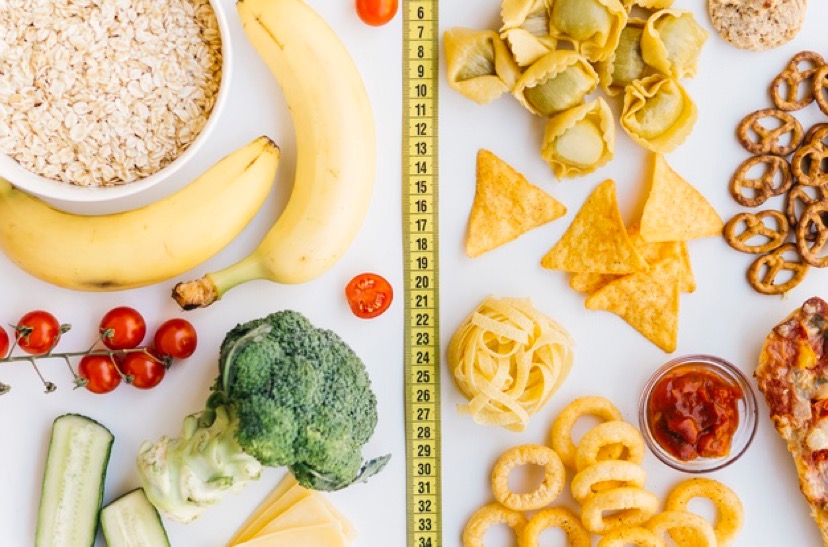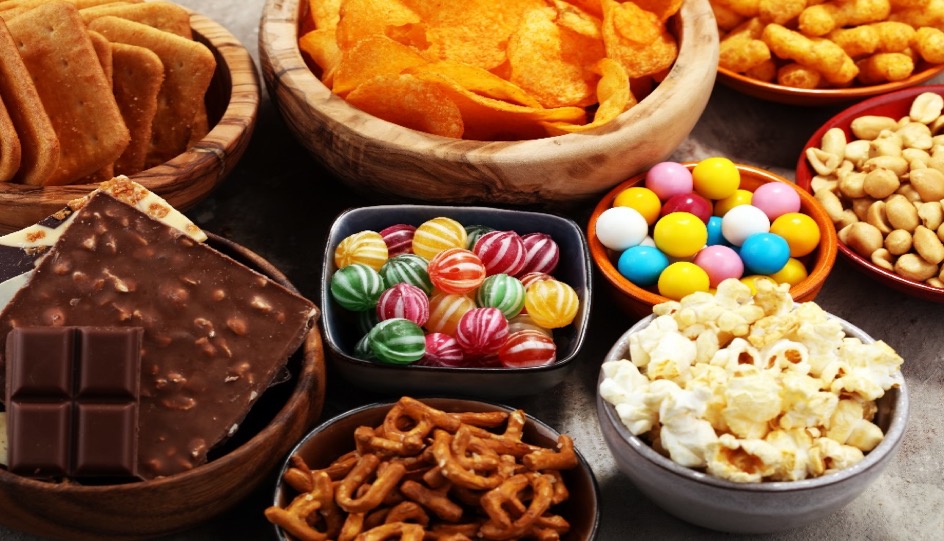Indulgence and Quality Still Define Food and Drink Choice
Indulgence and quality remain key drivers of purchasing decisions
Indulgence continues to play a vital role in how consumers select and enjoy food and beverages. While health and functionality have become increasingly important, taste and enjoyment remain central to many eating and drinking moments. For today’s consumers, indulgence is less about excess and more about appreciating something special and high quality.
These moments of enjoyment are typically intentional. They are often seen as part of a balanced lifestyle rather than something to feel guilty about. Whether it’s an end-of-day treat or a special product shared with others, indulgence is becoming more deliberate and meaningful. This shift opens opportunities for brands to highlight indulgent offerings. For example, this can be done through storytelling that emphasizes craftsmanship, premium ingredients, and multisensory experiences. This is because products that deliver both exceptional taste and strong value are likely to resonate most.
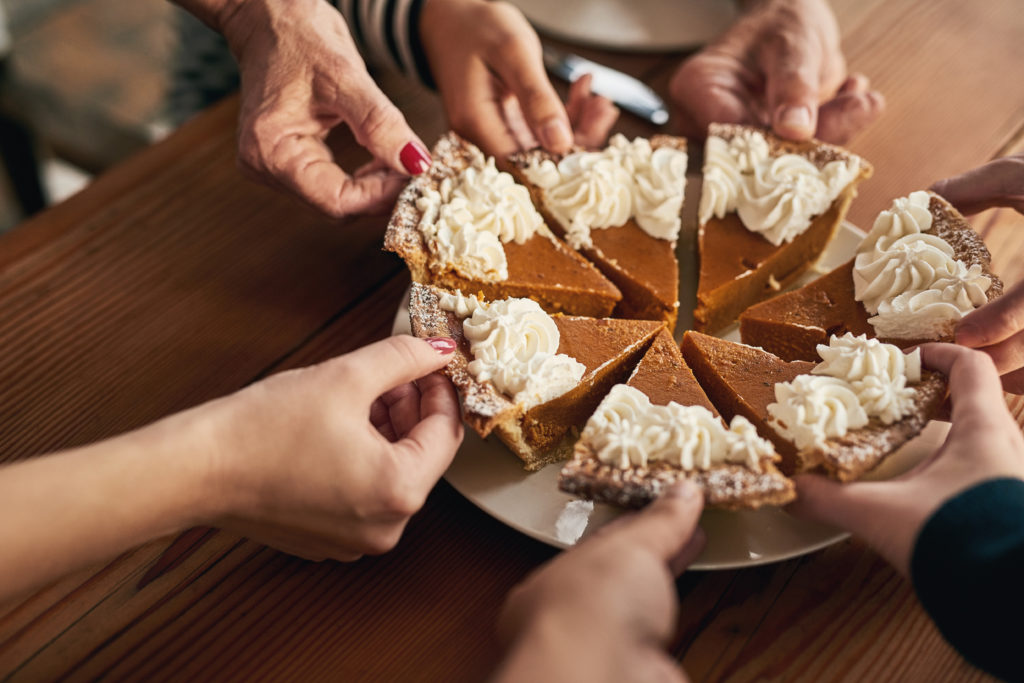
With more choices, evolving tastes, and continuous shifts in category standards, it’s important to offer reassurance around both indulgence and quality
The market now offers consumers an ever-growing variety of options, along with constantly evolving expectations around what makes a product indulgent. As a result, reassurance around both quality and indulgence remains critical. Brands that can confidently balance these two attributes will stand out, offering consumers not just a product, but also the assurance that their choice is worth the moment of indulgence.
Indulgent products positioned around maximizing relationships with loved ones will appeal to consumers
19% of consumers who plan to improve their mood health plan to reduce their stress levels by spending more time with friends and family. (FMCG Gurus)
Indulgence and togetherness are strongly connected. People are drawn to food and drink that enhance shared experiences. For example, whether it’s a dessert after a family meal or gourmet snacks enjoyed with friends, indulgent products often act as touchpoints for meaningful moments.
Insights from FMCG Gurus show that indulgent products tied to themes of sharing, celebration, and connection will deeply resonate with consumers. Emotional uplift, nostalgia, and the creation of special atmospheres all play into how indulgence is experienced. For many, choosing indulgent products is as much about enhancing social moments as it is about taste.

Consumers believe that indulgence in moderation can fit with their broader healthy lifestyle goals
45% of global consumers think eating a variety of food and drink products, including the occasional treat, in moderation, constitutes as a healthy diet. (FMCG Gurus)
Health remains a long-term focus, but many consumers now believe indulgence has a natural place within a balanced lifestyle. For these consumers, indulgence is about carving out moments of enjoyment without guilt, where emotional and sensory satisfaction takes priority.
Rather than positioning products as “better-for-you” compromises, brands can lean into bold, decadent offerings that embrace hedonism. Rich flavours, generous portions, and striking visual appeal all contribute to creating products designed for immersive, high-sensory moments.
The key is not in highlighting moderation but in amplifying the joy of indulgence itself. In a world filled with balance and restraint, unapologetic indulgence has its own unique and powerful appeal, one that brands should not underestimate.
Discover more with FMCG Gurus’ Trend report: Decadent indulgence: Treat yourself without the guilt – 2025. For more details, contact us at info@fmcggurus.com.

